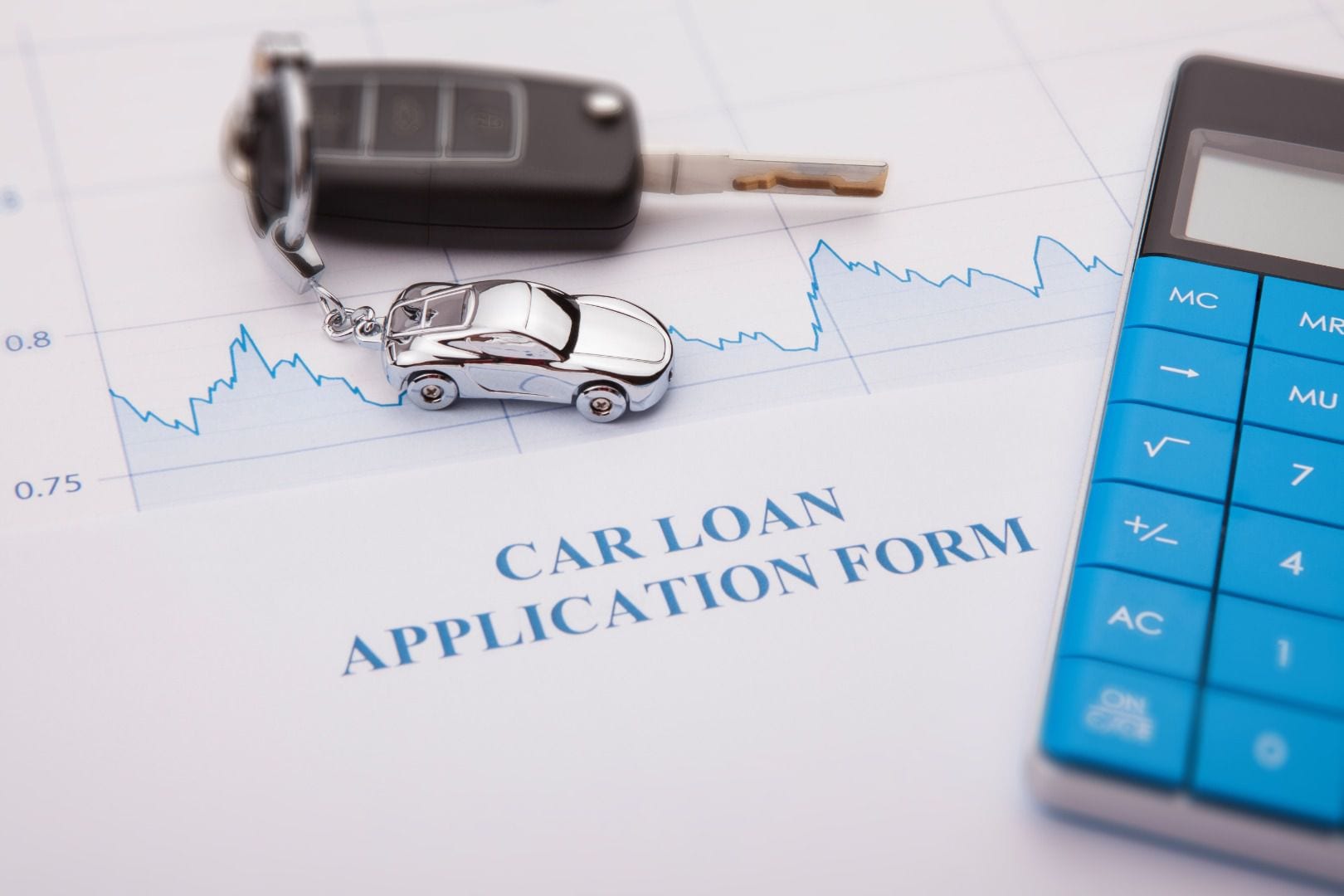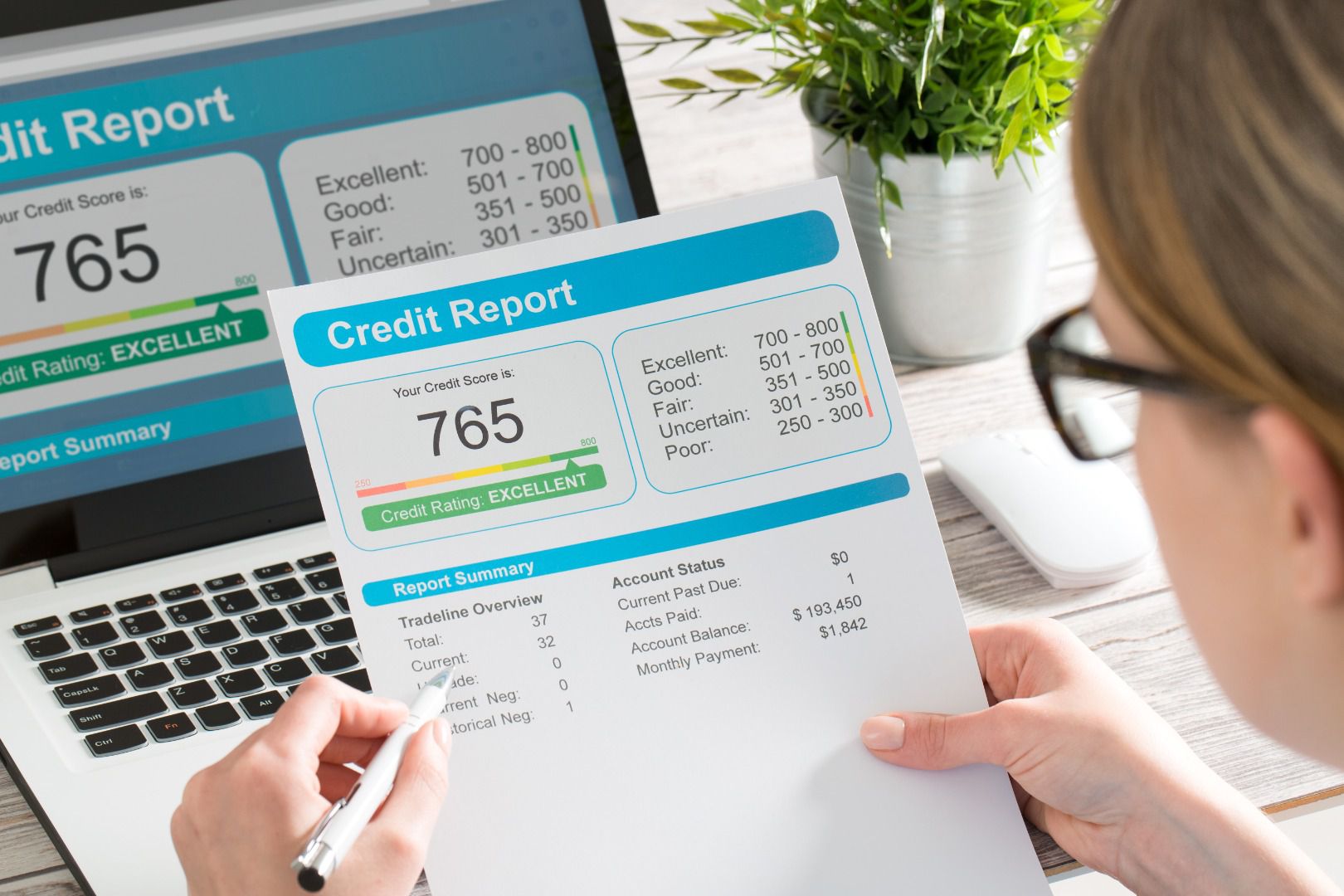Recent Articles
Popular Makes
Body Types
How Auto Loan Rates Are Calculated

Car loan ・ Photo by turgaygundogdu - stock.adobe.com
Unless you’ve got a huge pile of cash and nothing else to do with it, odds are that when you buy a car, you’re going to need to borrow the money to purchase it. In other words, you’ll have to seek financing. If you have reasonably good credit and a steady job with verifiable income, this shouldn’t be a problem.
However, keep in mind the organization loaning you the money is going to want to make a profit on the money it put at risk when it granted you the loan. The profit is called “interest.” When you repay the loan, you’ll be expected to pay back the amount borrowed, plus a percentage of that amount — usually on a monthly basis — in “installments.”
The amount of interest you’ll pay is called the “loan rate.” In most cases the interest amount is added to the original amount borrowed, and the total is divided be the number of months you agreed to pay to determine your installment payment.
How auto loan rates are calculated depends upon a number of factors: Credit History, Interest Type, Debt-to-Income Ratio, Down Payment, and Loan Term.
Credit History
You credit score is the most important factor that lenders consider when setting auto loan rates. While it seems impossible, many lenders want you to have a credit history before they will give you a loan. Banks and lenders want to see that you have demonstrated a tendency to pay your bills on time and that you are a responsible borrower. This is why young borrowers sometimes have parents cosign for auto loans.
When reviewing your credit report, lenders look for the number and amounts of loans you’ve taken in the past. They look at your payment history to determine whether you make payments on time, if you’ve missed payments, and if your loans were paid off on time. Other information plays a role as well, including your job stability, income, and overall income stability. If you’ve experienced income swings or changed jobs frequently, you may have trouble getting a loan or getting the best rate.
In the United States, there are four major sources lenders can use to view your credit. Three of these are the major credit bureaus: Experian, Equifax, and TransUnion. Each one carries its own score, and lenders may look at one or more to make a rate determination. FICO (Fair Isaac Corporation) is the fourth and was developed as an alternative to the other three.

Photo by REDPIXEL - stock.adobe.com
New Versus Used Cars
Lenders usually charge lower interest rates for new cars because their values are higher, and there’s less risk of the bank being stuck with a cheap car if you default. There may also be manufacturer incentives and other promotional offers on new cars that can drive interest rates lower. It’s absolutely possible to find a good rate on a used car, but used-car loans almost always bring higher interest rates than those for new cars.
The age of a used car also plays a role in the interest rate decision. Older, higher-mileage cars are viewed as a bigger risk for lenders, so they charge higher interest rates as a result. Lenders may also have limitations on how old a car can be to qualify for a loan. Some institutions offer classic or collector car loans, which extend to older vehicles, but it can be difficult to obtain a loan on an old car.

Debt-to-Income Ratio
Lenders want to be sure that you make enough money to pay your debts and that taking on another loan won’t put you in a position to default. To do this, lenders look at your debt-to-income ratio, which is the percentage of your monthly income committed to paying your debts. If you are already in a position that requires you to shell out a considerable percentage of your monthly income to pay debts, lenders won’t be excited to give you another loan. However, if your income is far greater than your monthly loan payments, you’re more likely to get a loan and get one with a good rate.
A decent debt-to-income ratio is generally less than 30% or so. To calculate this yourself, add up the bills and payments you make each month and divide that number by your monthly income. So, if you make $1,000 per month and pay out $300 in debt payments, your equation would be: $300 ÷ $1,000 = 0.3, or 30%.

Photo by Adobe Stock
Down Payment
The amount of risk a lender has associated with a loan impacts its rate decisions. This makes down payments extremely important, so having the ability to place a larger down payment on a car will help you obtain a better rate. It’s possible to get a loan on a car without a down payment, but lenders view this as being riskier, since they have more money on the line.
Lenders look at loan-to-value, or LTV, when determining risk and interest rates. If they are lending you nearly 100% of a car’s value, that will be considered riskier and will be more expensive for you as a result. If you’re buying a $10,000 car and make a $3,000 down payment, the resulting loan for $7,000 would yield an LTV of 70%, which would be a more appealing loan for the lender.

Photo by Suchada Toemkraisri-Adobe Stock
Loan Term
Cars of all types are more expensive today than they’ve ever been, which can make buying one a difficult proposition for many people. This can make it tempting to extend a loan term over a longer period of time to lower the monthly payments, but it’s not the best idea. Long car loans mean that you’ll be paying more interest and that lenders will have their money tied up in your car for longer. Longer loan terms bring higher interest rates as a result. Try to stick to 48 months or less to keep your interest rates low.

Photo by Adobe Stock